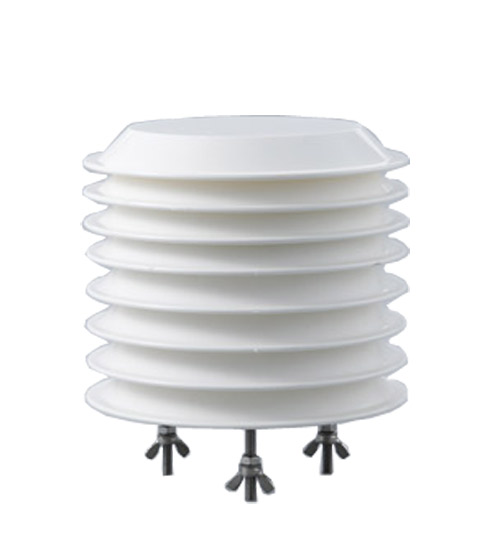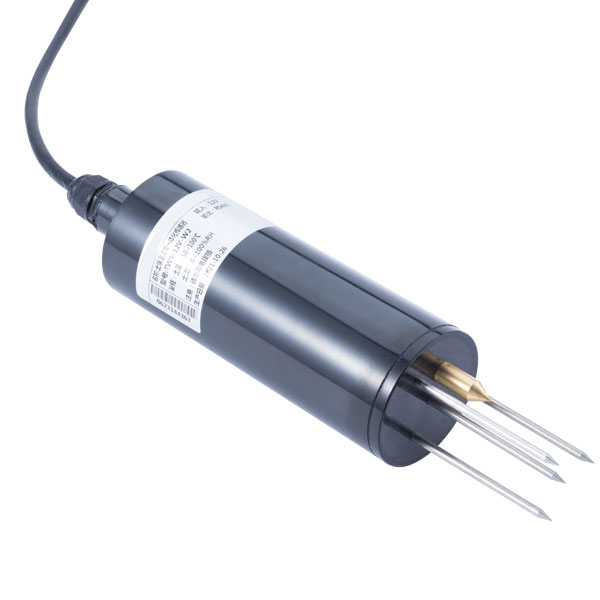

— Blogs —
—Products—
 Consumer hotline +8618073152920
Consumer hotline +8618073152920 WhatsApp:+8615367865107
Address:Room 102, District D, Houhu Industrial Park, Yuelu District, Changsha City, Hunan Province, China
Product knowledge
Time:2021-11-14 20:02:41 Popularity:1010
The four most common routing protocols for industrial routers
RIP (Routing Information Protocols, industrial LTE router routing information protocol) is the most widely used distance vector protocol, which was developed by Xerox in the 1970s. At that time, RIP was part of the XNS (Xerox Network Service) protocol suite. The TCP/IP version of RIP is an improved version of the Xerox protocol. The biggest feature of RIP is that it is very simple regardless of its implementation principle or configuration method. RIP calculates routes based on the number of hops, and periodically sends update messages to neighboring industrial-grade LTE routers.
The OSPF protocol was developed in the late 1980s and became an industrial standard in the early 1990s. It is a typical link state protocol. The main features of OSPF include: support for VLSM (variable length subnet mask), rapid convergence, low bandwidth usage, and so on. The OSPF protocol exchanges link state information between neighbors so that industrial 3G routers can establish a link state database (LSD). After that, industrial 3G routers use the SPF (Shortest Path First) algorithm to calculate the industry based on the information in the database. In the routing table of routers across the entire network, the main basis for selecting a path is bandwidth.
IGRP is a proprietary protocol for industrial entire network routers and is only implemented in industrial 5G routers. It also belongs to the distance vector protocol, so it has something in common with dual router RIP in many places, such as broadcast update and so on. The biggest difference between RIP and RIP lies in several aspects such as measurement methods and load balancing. IGRP supports weighted load balancing on multiple paths, so that the network bandwidth can be used more reasonably. In addition, unlike RIP, which only uses the number of hops as the metric, the dual-card router IGRP uses a variety of parameters to form a composite metric. The factors that can include: bandwidth, delay, load, reliability, and MTU (maximum transmission Unit) and so on.
EIGRP is an enhanced version of IGRP, and it is also a proprietary routing protocol for industrial routers across the entire network. EIGRP uses the Diffusion Update (DUAL) algorithm, which is similar to the distance vector algorithm to some extent, but has a shorter convergence time and better operability. As an extension of IGRP, EIGRP supports a variety of routable protocols, such as IP, IPX, AppleTalk, and so on. When running in an IP environment, EIGRP can also smoothly connect with IGRP because their measurement methods are consistent.
Prev:Industrial router coverage and advantages
Next:5G industrial routers The main functions and working principles
Sensors & Weather Stations Catalog
Agriculture Sensors and Weather Stations Catalog-NiuBoL.pdf
Weather Stations Catalog-NiuBoL.pdf
Related recommendations
Related products
 Atmospheric Temperature Humidity Pr···
Atmospheric Temperature Humidity Pr··· Soil Temperature Moisture Sensor 4-···
Soil Temperature Moisture Sensor 4-··· Air temperature, humidity and atmos···
Air temperature, humidity and atmos···
Screenshot, WhatsApp to identify the QR code
WhatsApp number:+8615367865107
(Click on WhatsApp to copy and add friends)